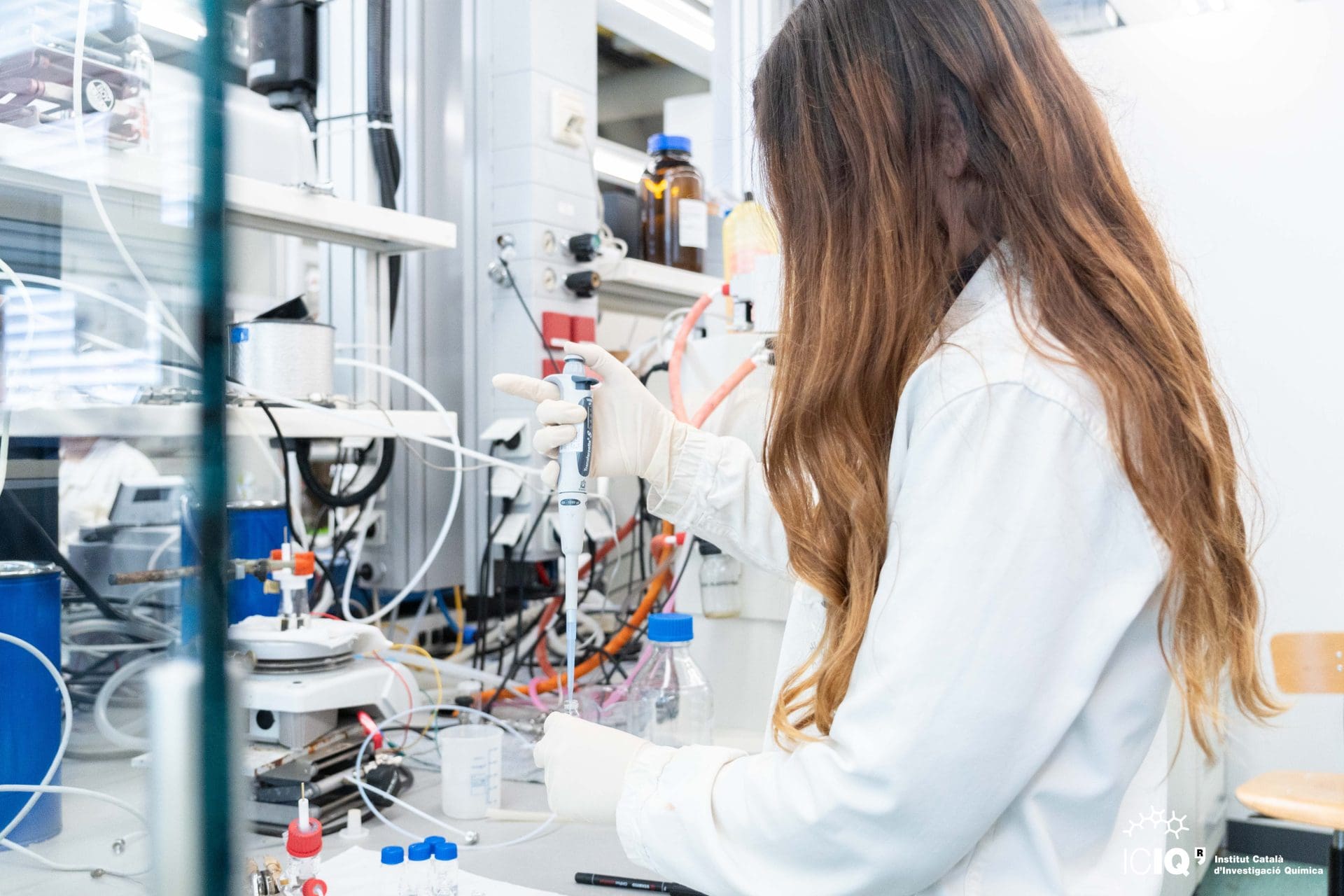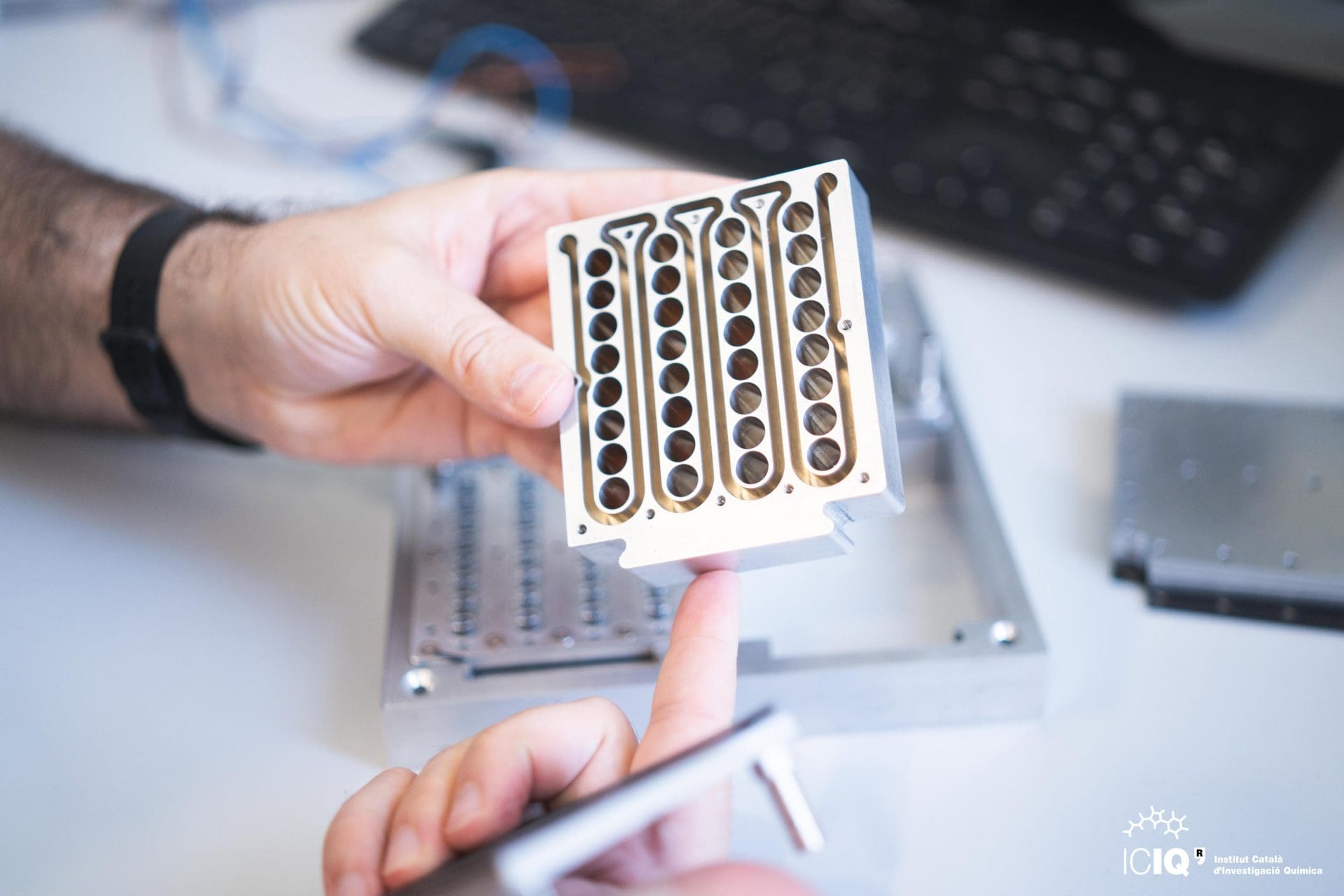COCAP
Low-pressure CO2 Capture technology for the fermentation industry
Project description
TAMOF-1, a high surface-area (BET > 1200 m2/g) metal-organic framework has shown a high selectivity towards CO2, with robust thermal, chemical and mechanical stability and cyclability. Breakthrough data confirms this material is able to separate CO2 from a variety of permanent gases, including N2 O2, H2, CO and CH4, while operating at low (ambient) pressure, and offering low-energy/low-cost options for regeneration.
These features opens the possibility to use TAMOF-1 as the basis for a novel technology for CO2 capture. Through COCAP we propose to move through the next steps to bring this technology further to market: 1) processing of TAMOF-1 as mechanically-stable pellets to operate with industrially relevant flow rates; 2) optimizing the performance of adsorption columns packed with TAMOF-1 pellets; 3) designing, building and testing a pilot plant to capture CO2 from a gas stream mimicking the emissions from the fermentation industry; 4) assessing the techno-economic viability of a full-scale technology; 5) identifying the most promising market opportunities based on the corresponding technoeconomic analysis. The unique low pressure, low-energy operation conditions offered by TAMOF-1 are expected to increase capture rates, while reducing energy consumption and costs by a significant margin when compared with current, competitive CC commercial technologies.

Proyecto PDC2022-133214-100, financiado por MCIN/AEI/10.13039/501100011033 y por la Unión Europea “NextGeneration EU”/PRTR
-
Reference: PDC2022-133214-I00
-
Call identifier: Proyectos I+D+i Pruebas de Concepto 2022
-
Timeline
01/12/2022 - 30/11/2024
-
ICIQ's Budget
149,500 € -
Senior Researcher
Prof. José Ramón Galán
-
Project Coordinator
ICIQ
-
Financing Agent / Programme
Ministerio de Ciencia, Innovación y Universidades

Let's create a brighter future
Join our team to work with renowned researchers, tackle groundbreaking
projects and contribute to meaningful scientific advancements

















